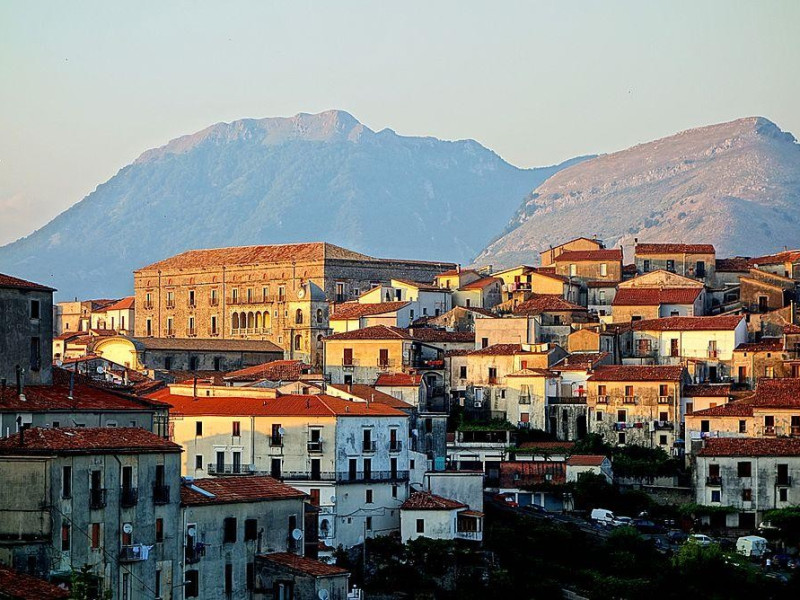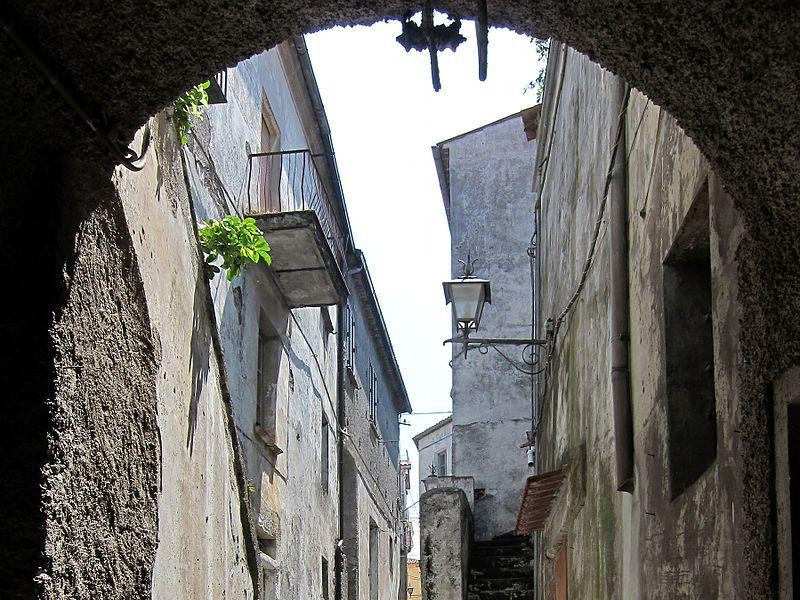Borgo di Aieta
It appears in historical documents under the name of Asty Aetou, or "City of the Eagle" (from the greek αετός, "eagle"). The fertile valley within which lies the village was inhabited and cultivated since Prehistoric times, then as a venue for agricultural villas at the Enotri (VI-V century BC) and Lucani (V-IV century BC) time, who built the first fortification on the Calimaro Mount. The Byzantines, who succeeded the Romans, made it capital of a tourma, strengthening the fortifications and hosting numerous laure of monks from the East. From the Norman Conquest onwards, it began to populate the village on the inner basin, linked to the alternation of the Swabian, Angevin and Aragonese, until the advent of the Kingdom of Naples, under Charles III. As one of "The Most Beautiful Villages in Italy", Aieta preserves narrow streets and only colors ranging from white of the facades to red of the roofs. Tight around Martirano Palace (XVI century), one of the few examples of Renaissance style applied to civil Calabrian buildings (in fact declared "National Monument"), the old town includes several religious buildings (including the Cathedral of St. Mary of the Visitation and St. Francis's Church, at the former Convent of Minor Friars) and chapels (St. Joseph, in the Palace Square, St. Blaise, St. Mary of Purity, of Our Lady of the Bridge and St. Nicholas in Cantongrande). Magnificent stone doorways, wrought by local stonemasons in the eighteenth and nineteenth centuries. The visit is complete with the water mills of the Middle Ages, reachable from the center through an old bridge.



